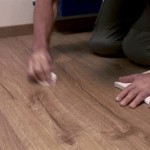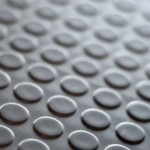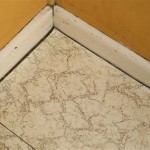Why Is My Engineered Wood Floor Buckling?
Engineered hardwood floors are often used as an alternative to traditional hardwood flooring due to their durability and stability. However, like any type of flooring, engineered hardwood can experience problems, such as buckling. Buckling occurs when the planks of the floor begin to rise and separate from each other, creating an uneven surface. This can be a frustrating problem, but it can usually be fixed if it is addressed promptly.
There are several reasons why engineered hardwood flooring may buckle. One reason is moisture. Engineered hardwood is made from a combination of wood and other materials, and these materials can absorb moisture from the air. If the relative humidity level in your home is too high, the flooring can absorb too much moisture, causing it to expand and buckle. Another reason for buckling is excessive weight. Engineered hardwood is not as strong as solid hardwood, so it is important to avoid placing heavy objects on the floor. If you must place heavy objects on the floor, be sure to distribute the weight evenly.
In addition to moisture and weight, there are other factors that can contribute to buckling, such as improper installation. If the floor was not installed properly, it may not be able to withstand the normal stresses and strains of everyday use. Finally, there may be a problem with the subfloor. If the subfloor is uneven or damaged, it can put pressure on the engineered hardwood flooring, causing it to buckle.
If you notice that your engineered hardwood floor is buckling, it is important to take action to fix the problem. The first step is to identify the cause of the buckling. Once you know the cause, you can take steps to correct it. In some cases, you may be able to fix the problem yourself. However, if the buckling is severe or if you are not comfortable making repairs yourself, it is best to call a professional.
Here are some tips to help prevent engineered hardwood flooring from buckling:

Avoid Cupping And Buckling In Hardwood Floors Twenty Oak

What Is Peaking Buckling And Cupping In Wood Floors Builddirect

Buckling Floor Solutions

Wood Distortions Warp Buckling Proinstaller

Tips For Fixing Buckling Of Engineered Floors From The Forest Llc

Hardwood Floor Problems Buckling Floors Series 3 Of 6

Hardwood Floor Problems Helpful Tips And Solutions

3 Reasons Your Engineered Floors Are Buckling From The Forest Llc

Avoid Cupping And Buckling In Hardwood Floors Twenty Oak

Buckling Floor Solutions
Related Posts








